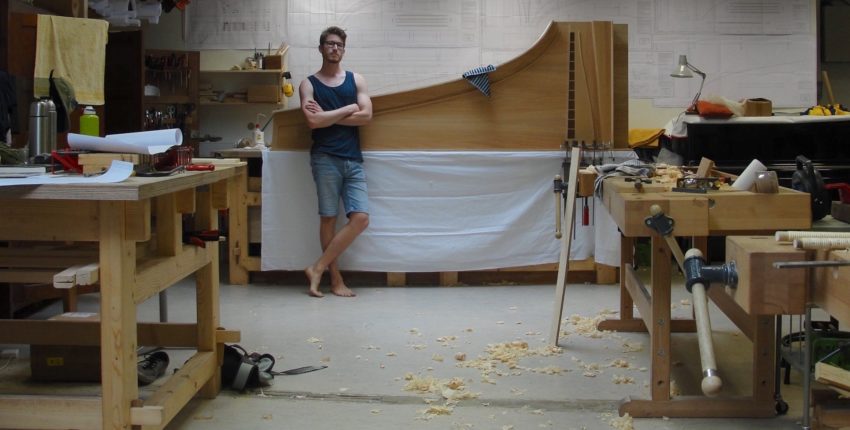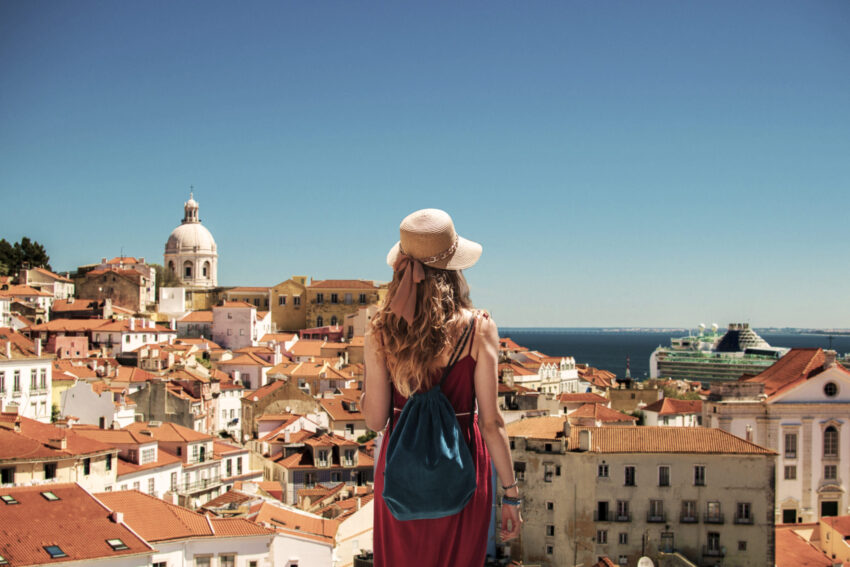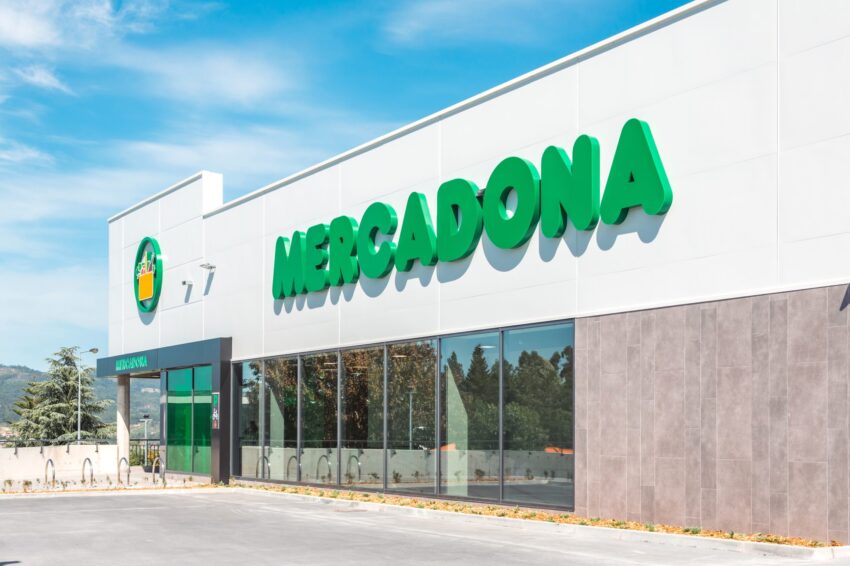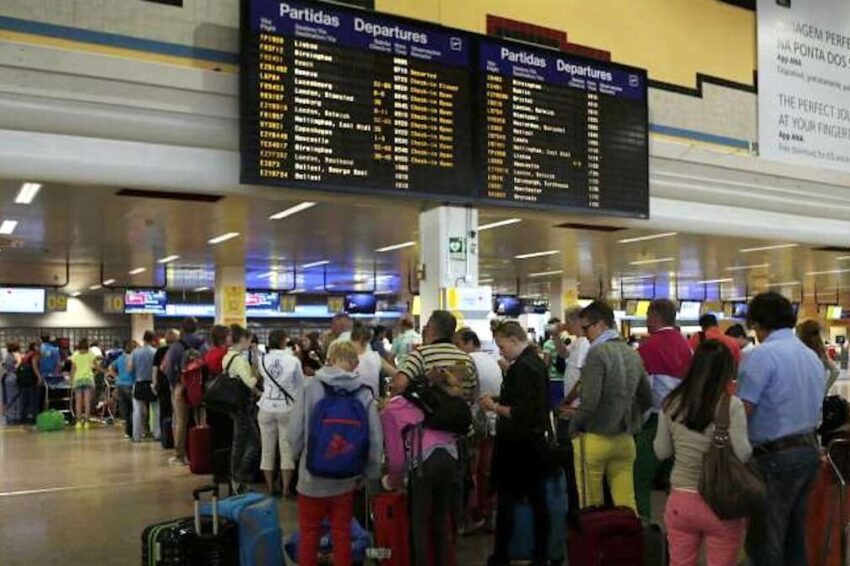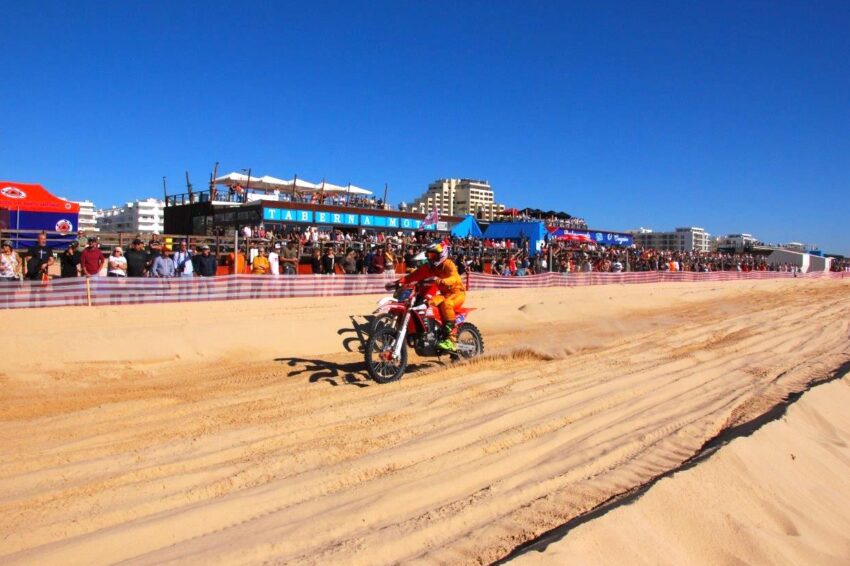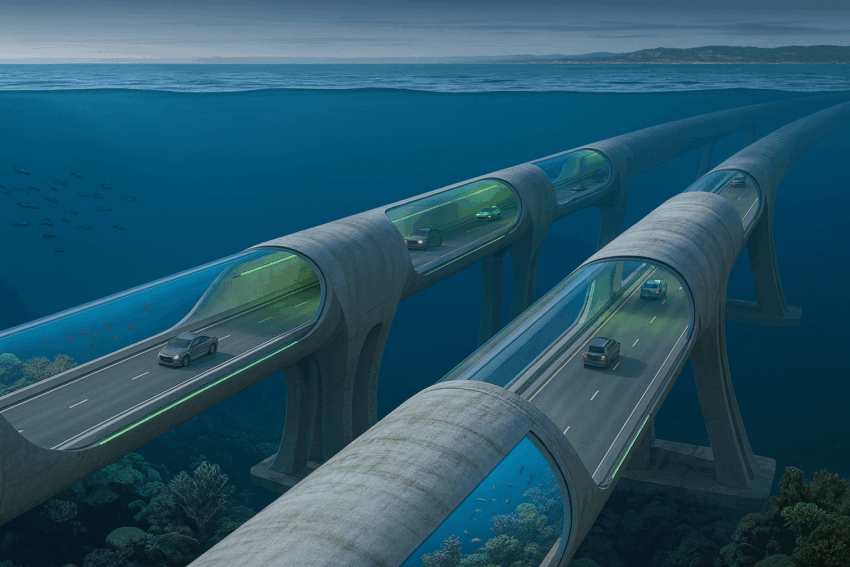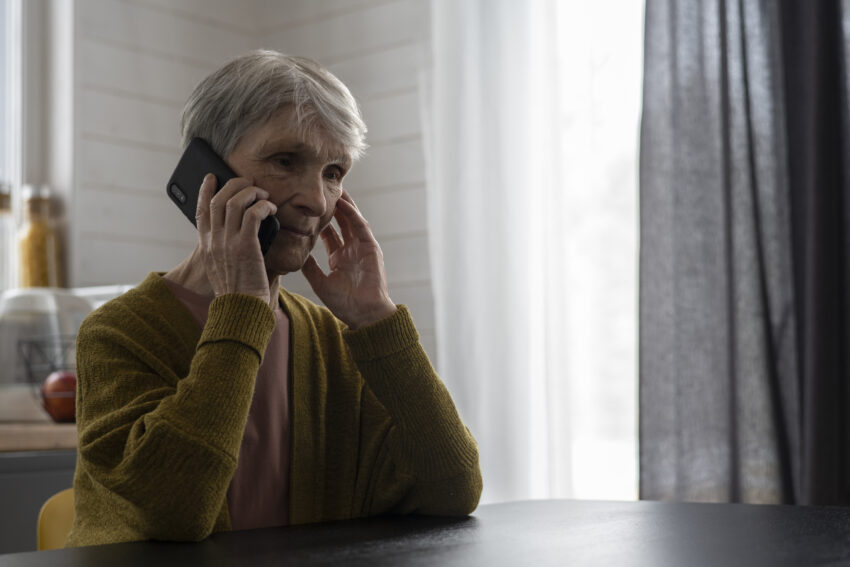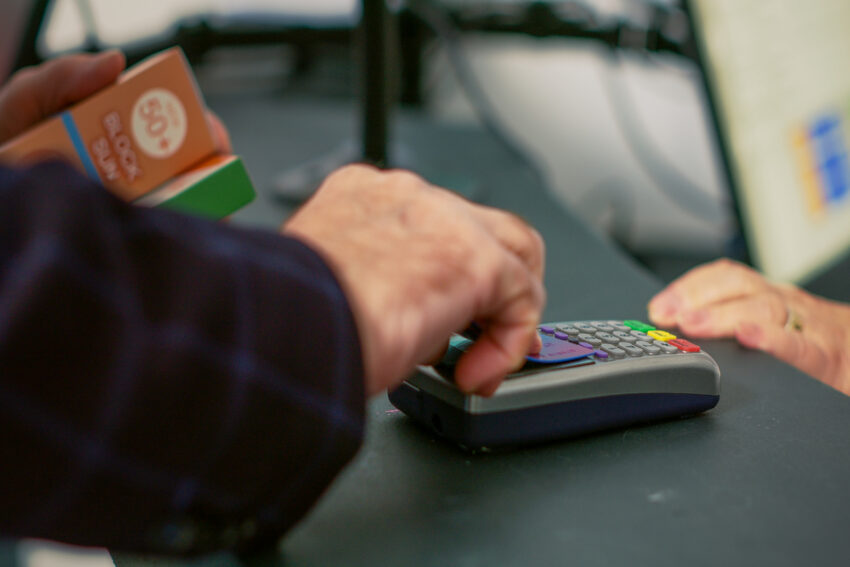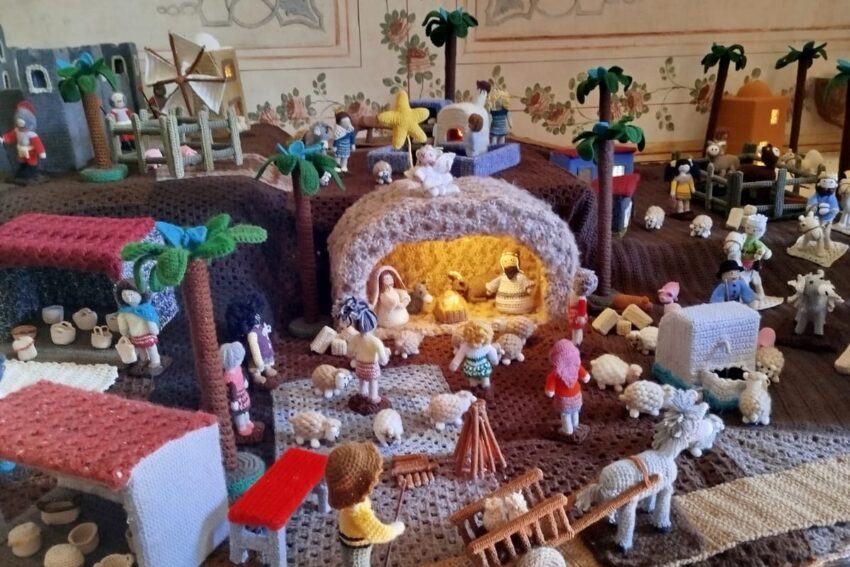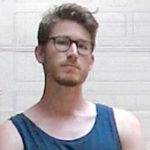
Hoje em dia, no século 21º, é fácil crer que a nossa sociedade chegou ao cúmulo ao nível das suas capacidades tecnológicas. Nunca antes o Homem possuiu uma gama de ferramentas e informação tão ampla como hoje. O mundo é moderno, tecnológico – o futuro é sempre em frente, o desenvolvimento (inevitável) nunca irá parar o seu progresso. Além disso, a omnipresença da internet parece pôr um fim às barreiras físicas. A nossa terra torna-se cada vez mais internacional, e a sociedade mais global. Mas na realidade, é uma ilusão pensarmos que chegamos ao pináculo da civilização: que somos capazes de fabricar as coisas mais belas e complexas de sempre. A realidade é que o Homem já esteve sempre nas suas capacidades máximas a nível tecnológico. É verdade que a tecnologia e o seu saber-fazer poderiam ter sido atadas a um certo país, uma região, grupo social, emprego ou artista. Mas não obstante, que essa certa tecnologia de qualquer forma sempre existiu nesse preciso momento, formando então o espírito coletivo dessa certa sociedade – e a maneira de como ela é observada em retrospetiva.
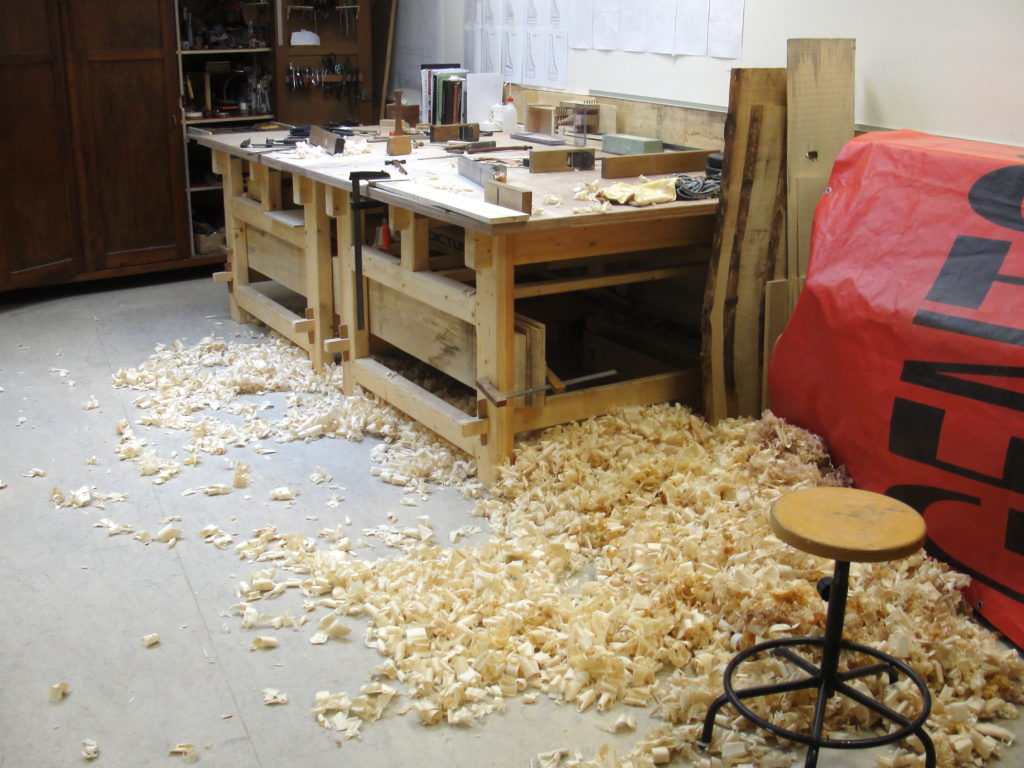
Tecnologia, palavra de origem grega: tekhnología = tékhnē (arte, artesanato, capacidade) + -logía (estudo).
Como a curiosidade do Homem e o seu desejo de criar e de controlar é o motor do desenvolvimento tecnológico, se calhar até se pode dizer que é muito provável que nunca irá haver um fim do progresso tecnológico. O ‘agora’ e o ‘amanhã’ são construídos graças ao ‘ontem’. Mas isso não quer dizer que nos vamos necessariamente lembrar de tudo o que ontem vivemos.
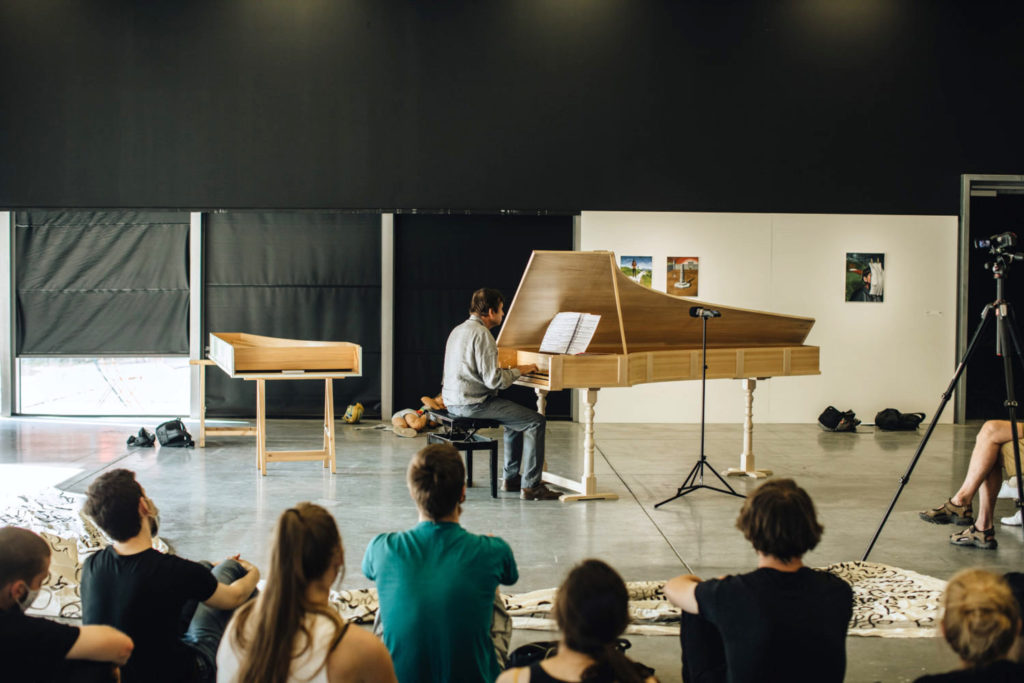
De vez em quando o nosso interesse é desviado, os nossos gostos mudam, mas novamente, se calhar eles nunca teriam mudado se o ‘ontem’ não tivesse existido. Muitas coisas existiram, e ainda existem, que hoje em dia já não somos capazes de fazer, pois o saber-fazer desaparaceu no esquecimento – apenas o objeto sobreviveu. Desde a revolução industrial, que teve os seus começos no século 18 na Inglaterra e que um século depois também varreu a Europa e rapidamente o resto do mundo, muitas coisas mudaram. Sim, por uma lado uma democratização de produtos comerciais – produtos mais acessíveis para as diferentes classes sociais; tudo graças a uma incrível invenção e poder tecnológico. Mas infelizmente também devido à automatização da produção, às máquinas que substituíram os artesãos.
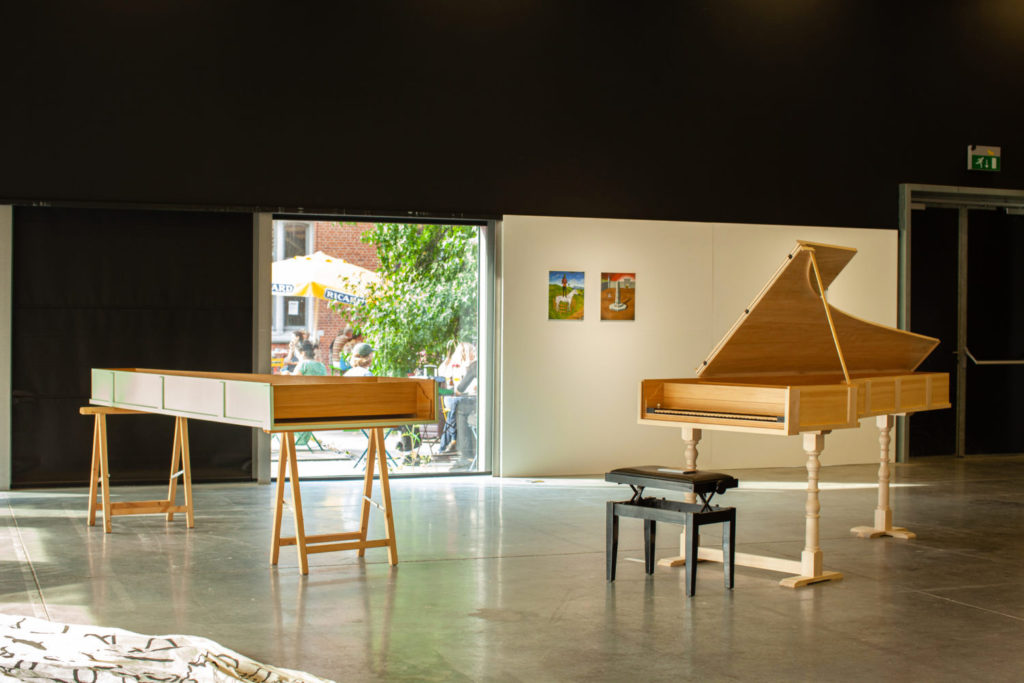
Antigamente, cada passo do processo de produção, das suas matérias primas ao seu produto final, era criado e controlado pelas mãos de alguém. Uma máquina não sente, uma máquina não pensa. Ao contrário de um artesão que sente a sua ferramenta. Que sente quando o material resiste, quando o material se deforma, o golpe do martelo no local exato com a intensidade perfeita – nada mais, nada menos.
Eu cresci durante a minha infância e adolescência entre as oficinas do meu pai e as renovações das ruínas que eles compraram no Algarve, quando nós emigramos dos Países-Baixos em 1999. O trabalho manual sempre me fascinou. Muitas das vezes o processo de criação, desde a ideia ao produto final, ocupava e divertia-me mais que quando o objeto era terminado – era o desafio de criação e a procura de soluções que me cativava. Após uns anos quando comecei a tocar guitarra gostaria de ter uma nova guitarra, mas desta vez uma elétrica. Por falta de dinheiro optei por construir uma.
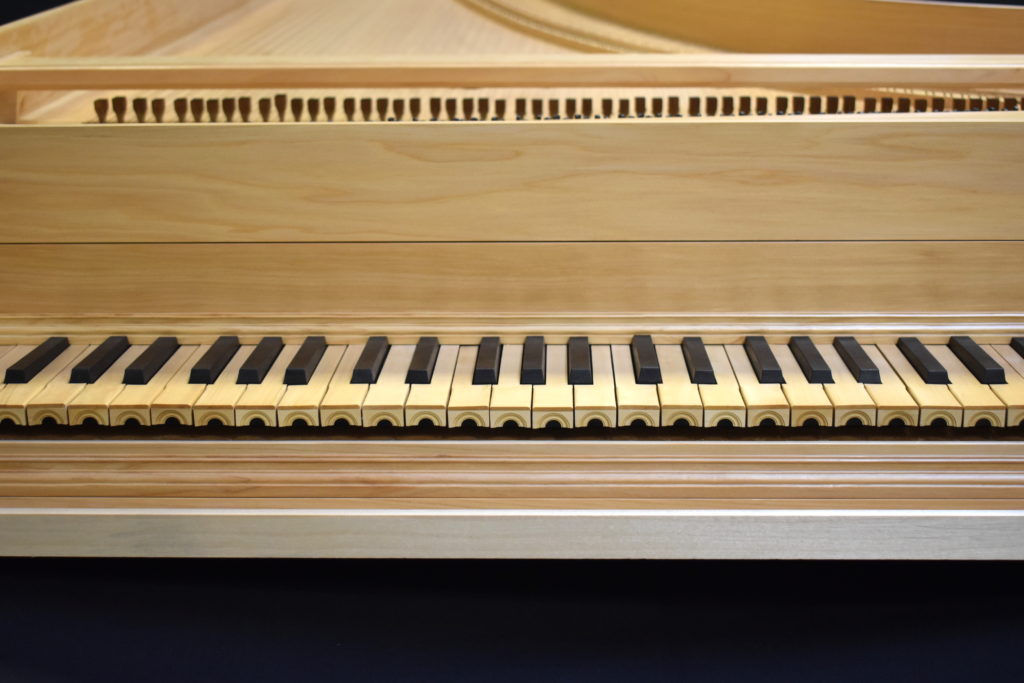
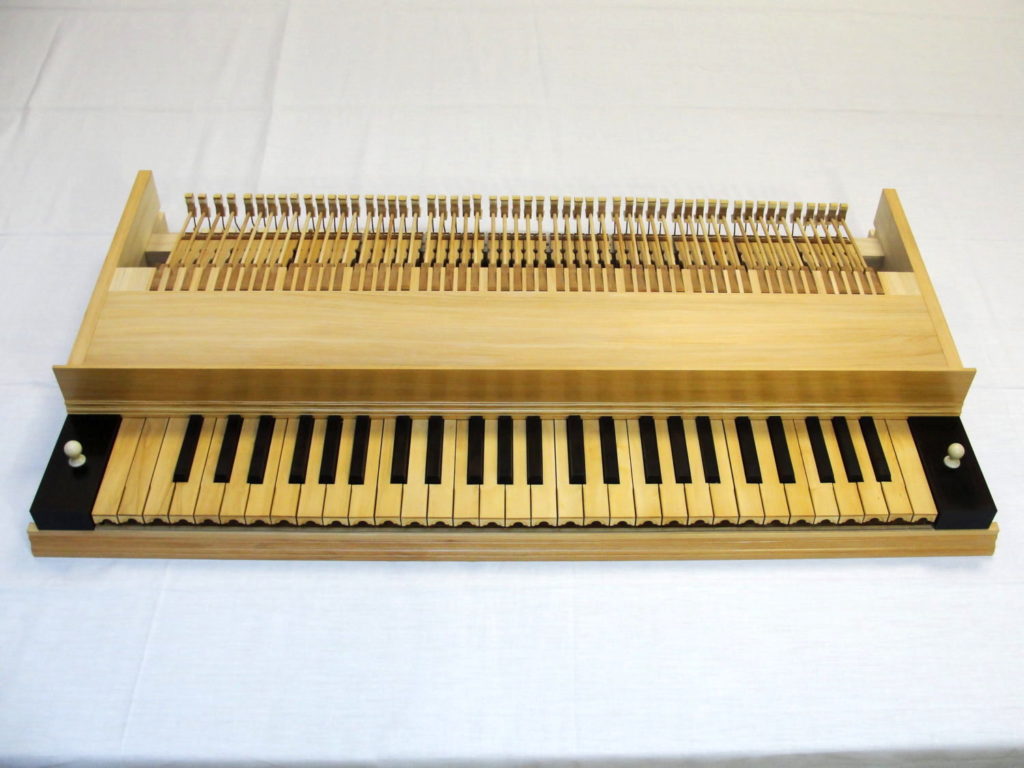
Com a internet como fonte principal de informação e as oficinas do meu pai como lugar de trabalho, acabei a minha primeira guitarra depois de dois anos. Rapidamente mais dois instrumentos seguiram. Durante esse período terminei a escola secundária e ouvi falar de uma faculdade em Gante, na Bélgica, onde existia o curso de ‘construção de instrumentos musicais’. Enviei a minha candidatura e em 2014 mudei-me para lá e uma porta abriu-se: Uma cidade animada, cheia de cultura, estudantes, arte, novos impulsos e influências. A universidade abriu-me os olhos face à história e à sua arte. O nosso curso focava-se na utilização de ferramentas, materiais e processos históricos, a utilização de ferramentas e técnicas modernas era evitado – era o saber-fazer artesanal e o artesão que eram valorizados. Durante o bachelor (licenciatura) aprendemos a utilizar corretamente as nossas ferramentas e a madeira com a qual trabalhávamos maioritariamente. Cada ano um instrumento musical diferente era construído: (1º ) hammered dulcimer, (2º) guitarra barroca, e (3º) clavicórdio.
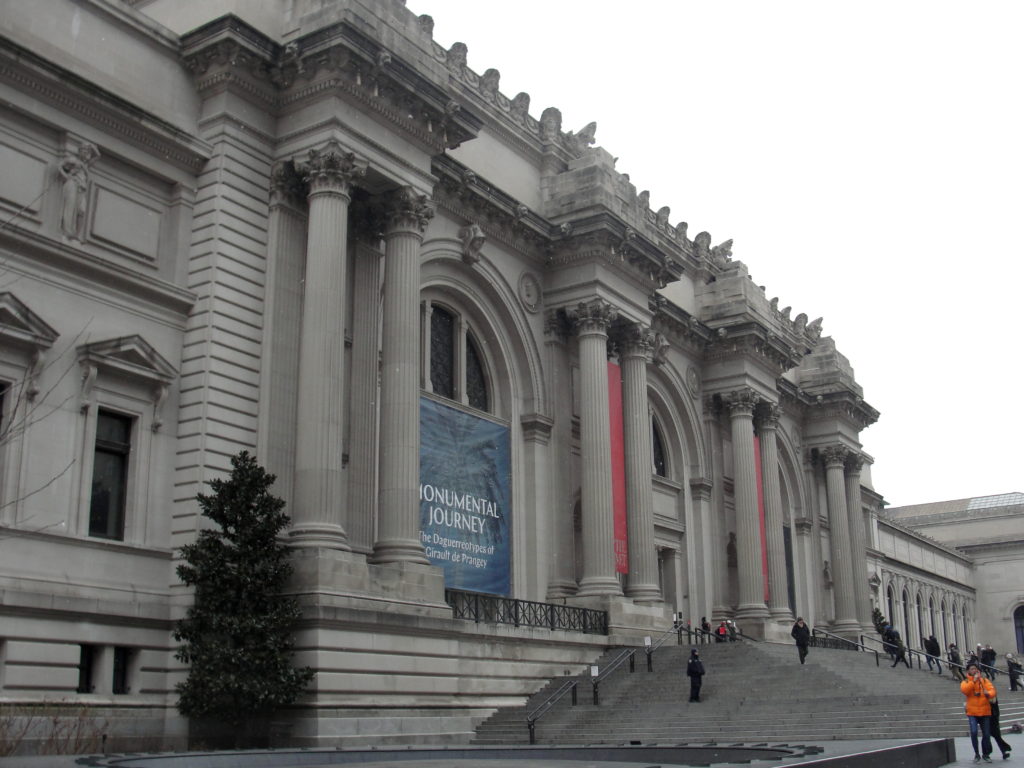
Comecei a adorar o artesanato histórico, a sua beleza, capacidades e qualidades impressionaram-me profundamente. Como no caso da música, é incrível como a construção de um instrumento começa com tábuas de madeira brutas, mas que no final são tão trabalhados que chegam a ser capazes de criar música e finalmente evocar emoções no músico e nas pessoas que escutam. Optei então por prolongar os meus estudos e comecei o meu master (mestrado) em que cada estudante é obrigado a escolher um projeto de estudo acerca de um construtor, período ou instrumento específico. Com a orientação da minha professora o meu projeto foi a reconstrução do piano mais antigo que existe no mundo e que é preservado no The Metropolitan Museum of Art, em Nova Iorque. Este instrumento foi construído em 1720 por Bartolomeo Cristofori que é considerado o inventor do piano em ±1700 em Firenze, Itália.
Durante a primeira metade do século 18º o piano não era ainda considerado um piano como nós o conhecemos. Era esteticamente e estruturalmente ligeiro e em termos de som assimilava um cravo, mas com dinâmica – pois um cravo não tem a capacidade de soar piano e forte. Durante essa época o piano era considerado como ‘gravecembalo col piano, e forte’- um cravo com piano e forte. Este piano de 1720 é um dos três pianos preservados de Cristofori, mas infelizmente encontra-se num estado muito alterado. O instrumento foi várias vezes adaptado e restaurado durante os últimos três séculos.
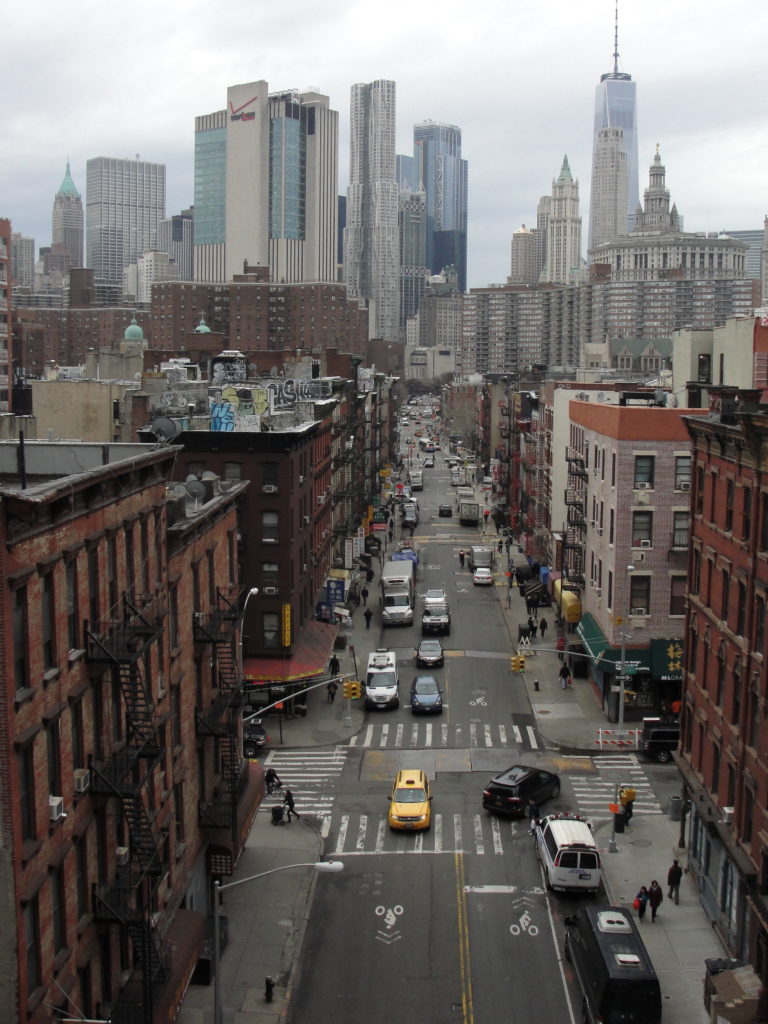
O meu projeto tinha como objetivo construir uma reconstrução da condição original hipotética do instrumento. O meu projeto (de quatro anos) levou-me de Leipzig à Roma, de Nüremberg a Berlin, de New-York à South-Carolina. Foi um projeto incrível que abriu portas, fronteiras e permitiu-me conhecer pessoas fantásticas e visitar sítios dos quais nunca tinha pensado antes. Após a conclusão dos meus estudos o ano passado, optei por um ano de estágio (Erasmus+) no atelier de um construtor e restaurador de pianos históricos na Borgogna, França. Novamente, um ano cheio de novas experiências e lugares. Certamente houve e há momentos difíceis, mas finalmente são mínimos em comparação ao quadro maior. O mundo é imenso, a natureza única, a história rica, a arte bela, a inteligência do Homem impressionante, só é preciso abrir-se e sair de casa para o encontrar.
From Moncarapacho to Belgium to learn how to build musical instruments
Nowadays in the 21st century it’s easy to delude ourselves by imagining that our society is on the apex of its technological capabilities. Never before had Man such a wide array of tools and information at its disposal as today. The world if modern, technologic – the future is ahead, and (inevitable) development will never stop its progress. Besides, the omnipresence of the internet seems to put an end to physical borders. Our earth is becoming everyday more international, and our society more global.
But in reality, it’s an illusion to think we’re on the pinnacle of civilization: that we’re capable of producing the most beautiful and complex things ever. The reality is that Man always already was at its maximum capacities on a technological level. It’s true that technology and its know-how might have been bound to a certain country, region, social group, employment or craftsmen. But not opposing the very existence of that technology on that precise moment, forming as such the collective spirit of that given society – and the way it’s observed in retrospective.

Technology, a word of Greek origins: tekhnología = tékhnē (art, craft, skill) + -logía (study).
As the curiosity of Man and its wish to create and control is the motor of technological development, maybe we might say that it’s very likely that there will never be an end to technological progress. The ‘now’ and ‘tomorrow’ are built on the ‘yesterday’. But that does not have to say that what we lived yesterday will necessarily be remembered. Sometimes our interests are deviated, our likings change, but then again, maybe they wouldn’t have if ‘yesterday’ did not exist. Many things have existed and still exist which nowadays we are not capable of doing anymore, as the know-how has fallen into oblivion – only the material object still remains.

Since the industrial revolution, which had its beginnings in the 18th century in England and swept a century later through Europe and soon through the rest of the world, many things changed. Yes, on one side it democratized many commercial goods – products became more accessible to many different social classes; thanks to the incredible inventiveness and technological power. But unfortunately, also due to the automatization of production, the machines which replaced the craftsmen.
Previously, each step in the process of production, from the sourced materials till the final product, was created and controlled by the hands of someone. A machine doesn’t feel, a machine doesn’t think. In opposition to a craftsman who feels his tools. Who feels when the materials resists, when the material deforms, the blow of the hammer on exactly the right spot with the perfect intensity – nothing more, nothing less.
I grew up during my childhood and adolescence in the workshops of my father and the renovations of the ruins they bought in the Algarve, when we emigrated from the Netherlands in 1999. Manual work always fascinated me. Many a times the process of creation, from the idea till the final product, occupied and pleased me more than when the object was finished – it was the challenge of creation and the search for solutions which captivated me.

After several years of playing guitar I wanted a new one, but this time an electric one. Due to a lack of money I opted to make one myself. With the internet as primary source of information and the workshop of my father as working place, I finished my first guitar after two years. Soon, two other instruments followed.
During that same period, I finished secondary school and I heard of a faculty in Ghent, Belgium, where a course of ‘musical instrument building’ existed. I sent my application and in 2014 I moved to there and a door opened:
A vibrant city, rich of culture, students, arts, new impulses, and influences. The university opened my eyes to history and its art. Our course focused on the use of historic tools, materials and techniques, the use of modern tools and techniques was shunned – it was the craft and the craftsmen which were valued.
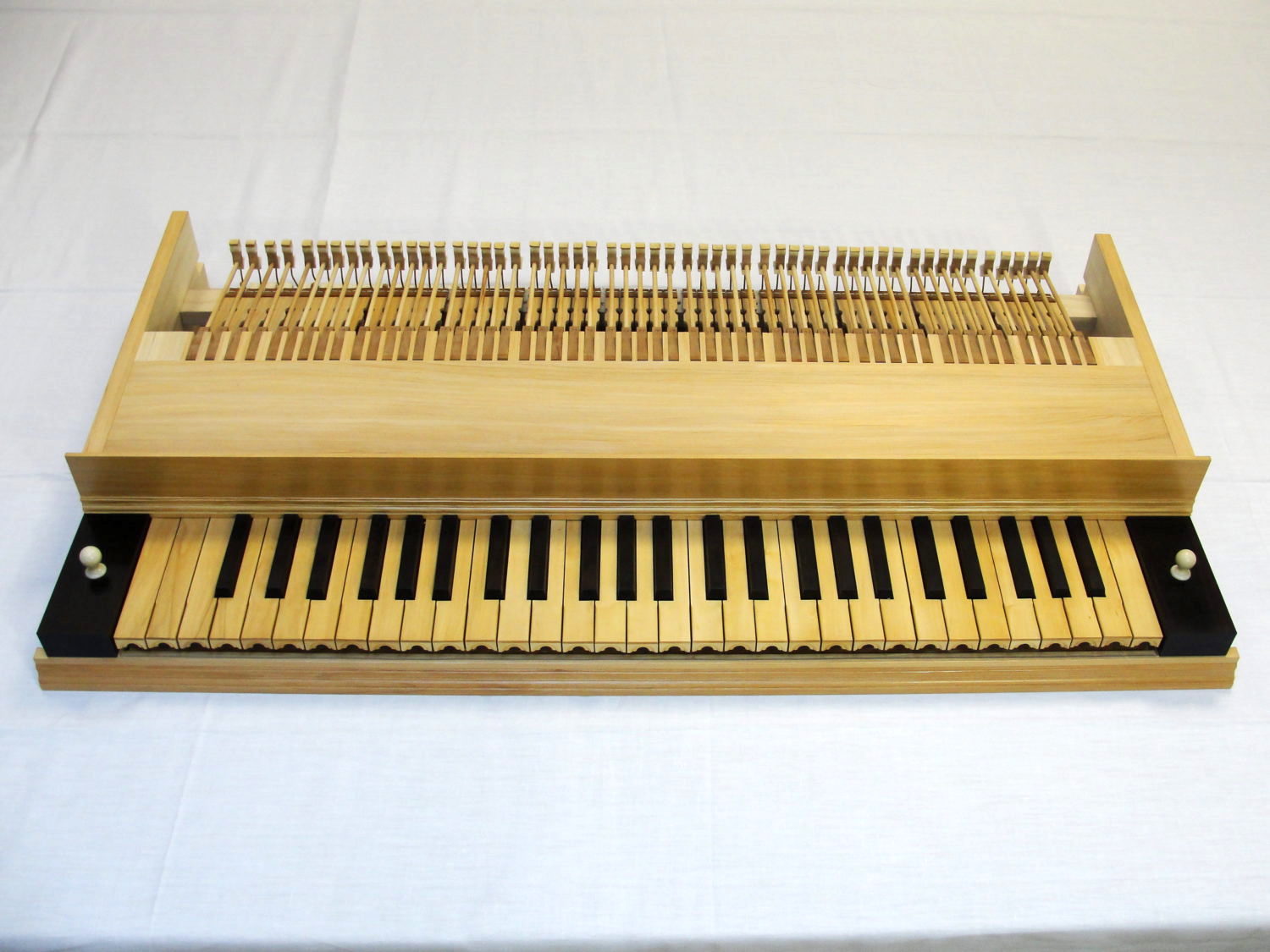
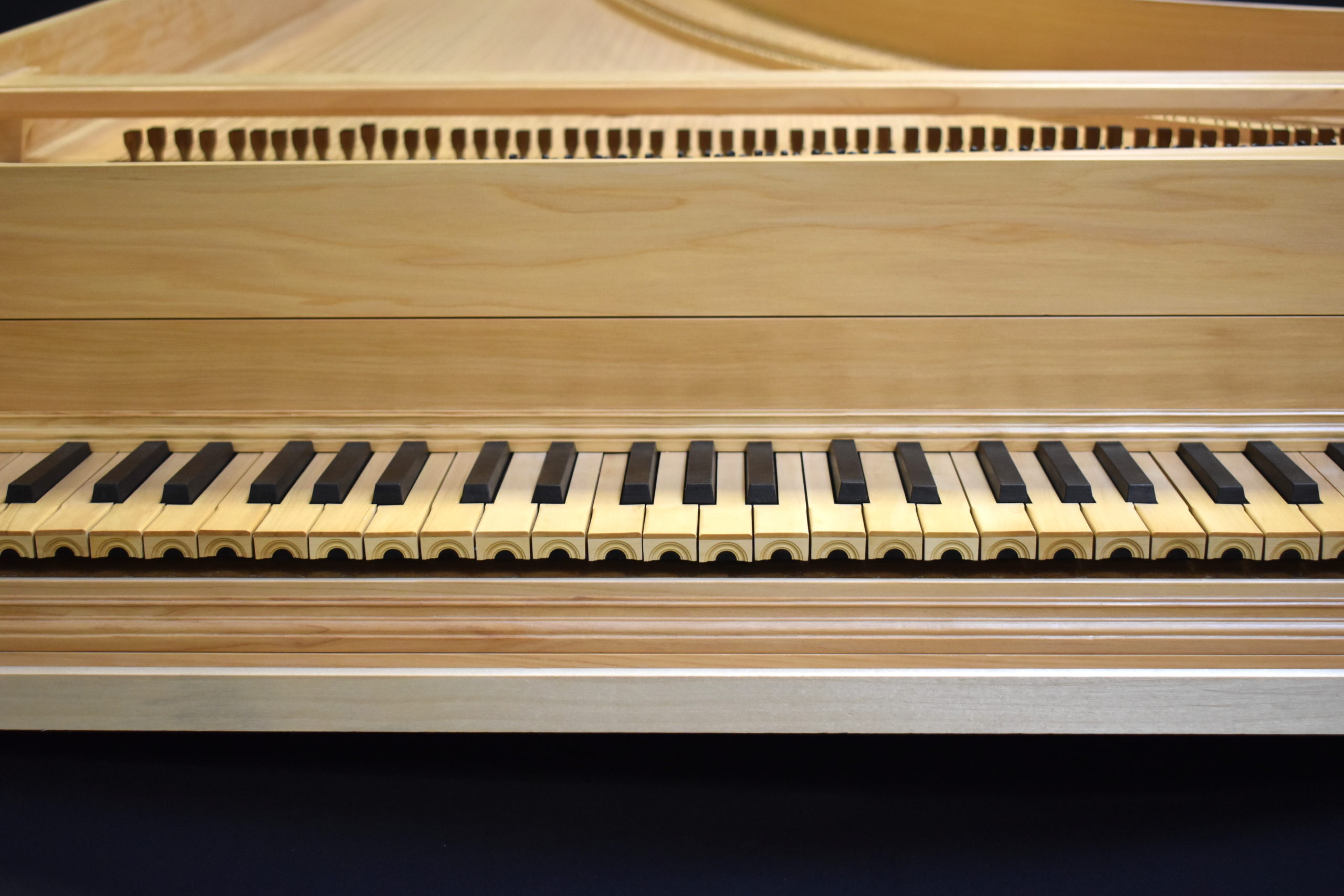
During my bachelor we learned to use our tools correctly and the wood with which we majorly worked. Each year a different musical instrument was built: (1st) a hammered dulcimer, (2nd) a baroque guitar, and (3rd) a clavichord.
I started to love historical craftsmanship, its beauty, its capacities, and qualities impressed me profoundly. As is in the case of music, it’s incredible how the construction of an instrument starts with rough planks of wood and which after being much worked become capable of making music and finally evoke emotions in the musician and listening people.

I thus prolonged my studies and I started a master in which each student was ought to perform a research project about a specific builder, period or instrument. With the guidance of my teacher, my project was the reconstruction of the oldest surviving piano on the world which is being preserved in The Metropolitan Museum of Art, New York. This instrument was built in 1720 by Bartolomeo Cristofori who is considered the inventor of the piano around 1700 in Florence, Italy. During the first half of the 18th century the piano was not yet considered a piano as how we do nowadays. Aesthetically and structurally, it was lightweight, and in terms of sound it assimilated the harpsichord, but with dynamics – as an harpsichord does not posses the capacity of sounding piano and forte. During that period the piano was considered a ‘gravicembalo col piano, e forte’ – an harpsichord with soft and loud.
This piano of 1720 is one of the three preserved pianos by Cristofori, but unfortunately finds himself in a highly altered state. The instrument has been adapted and restored several times during the past three centuries. My project aimed on building a reconstruction of the instrument’s hypothetical original state.

My project (of four years) took me from Leipzig to Rome, from Nüremberg to Berlin, from New-York to South-Carolina. It was an incredible project that opened doors, borders and allowed me to meet many great people and visit places I never thought of before.
After the end of my studies the last year, I chose for an internship year (Erasmus+) in the workshop of a builder and restorer of historical pianos in Burgundy, France. Again, a year full of new experiences and places. Certainly, there were and are many difficult moments, but finally these are minor in relation to the greater picture.
The world is huge, nature is unique, history is rich, art is beautiful, the intelligence of Man impressing, it’s only necessary to open up and leave home to seek it.
RELACIONADO:
Jovens que inspiram: Jónatas – amizades e projetos multiplicam-se além-fronteiras
Jovens que inspiram: João Melo – Para ti Ukrânia
Jovens que inspiram: Rita, Maleita (algures na Guiné)
Jovens que inspiram: Português, logo cidadão do mundo!
Jovens que inspiram: Erasmus – uma experiência de valorização pessoal e profissional
Jovens que inspiram: Inga Bruhns – conhecer a Europa
Jovens que inspiram: Gabriel Ildefonso – Estudar em Nova Yorque [português/inglês] – vídeo
Jovens que inspiram: Sofia Xavier – Postal do Algarve

O Europe Direct Algarve faz parte da Rede de Centros Europe Direct da Comissão Europeia. No Algarve está hospedado na CCDR Algarve – Comissão de Coordenação e Desenvolvimento Regional do Algarve. CONSULTE! INFORME-SE! PARTICIPE! Somos a A Europa na sua região!
Newsletter * Facebook * Twitter * Instagram (em breve no Linkedin e Youtube)

